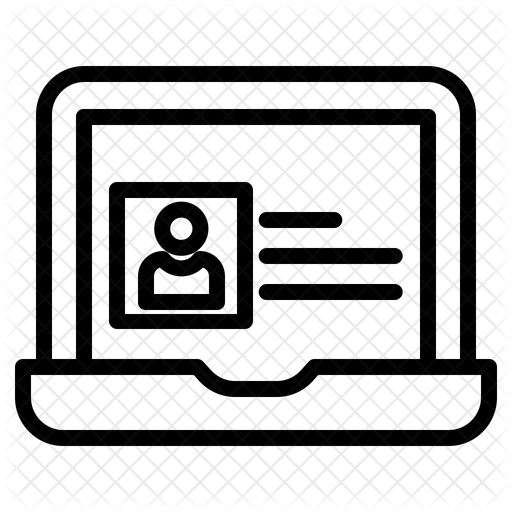1.Basics
Introduction
In this section, you are going to be introduced to the 21Things4Students much as a student would be. You are going to go through an example of a Thing and a Quest and all of its components. This simulation, 1.Basics Thing, contains only one Quest, while most Things in the 21Things4Students have between 3-9 Quests for students.
Learning Objectives
When you have completed this Thing you will:
- Know the nomenclature used
- Understand the structure of "Things and Quests"
- Be able to explain to others how the 21Things4Students addresses technology competencies and standards
- Be able to locate the resources for: student learning and for teachers to implement the 21t4s
Quest 1: Quests
This Quest is a model of a typical Quest in the 21t4s project site. You will be able to learn about the structure, typical activity, and resources provided for students and teachers.
Standards
Addressing the ISTE Standards For Educators
Learner
1a. Set professional learning goals to explore and apply pedagogical approaches made possible by technology and reflect on their effectiveness.
1c. Stay current with research that supports improved student learning outcomes, including findings from the learning sciences.
Leader
2b. Advocate for equitable access to educational technology, digital content and learning opportunities to meet the diverse needs of all students.
2c. Model for colleagues the identification, exploration,
evaluation, curation and adoption of
new digital resources and tools for learning.
Collaborator
4b. Collaborate and co-learn with students to discover and use new digital resources and diagnose and troubleshoot technology issues.
Designer
5a. Use technology to create, adapt and personalize learning experiences that foster independent learning and accommodate learner differences and needs.
5b. Design authentic learning activities that align with content area standards and use digital tools and resources to maximize active, deep learning.
5c. Explore and apply instructional design principles to create innovative digital learning environments that engage and support learning.
Facilitator
6a. Foster a culture where students take ownership of their learning goals and outcomes in both independent and group settings.
6b. Manage the use of technology and student learning strategies in digital platforms, virtual environments, hands-on maker spaces or in the field.
6c. Create learning opportunities that challenge students to use a design process and computational thinking to innovate and solve problems.
6d. Model and nurture creativity and creative expression to communicate ideas, knowledge or connections.
 1.Basic Overview Teacher Guide
1.Basic Overview Teacher Guide
![]() 1.Basic Learning Objectives Slide
1.Basic Learning Objectives Slide
 1.Basic Student Showcase Portfolio Template files
1.Basic Student Showcase Portfolio Template files
Google Slideshow file OR Microsoft PowerPoint file (normally provided)
